Samsung Galaxy Note 9 vs Samsung Galaxy S9 Plus
Samsung's two biggest flagships of 2018 compared
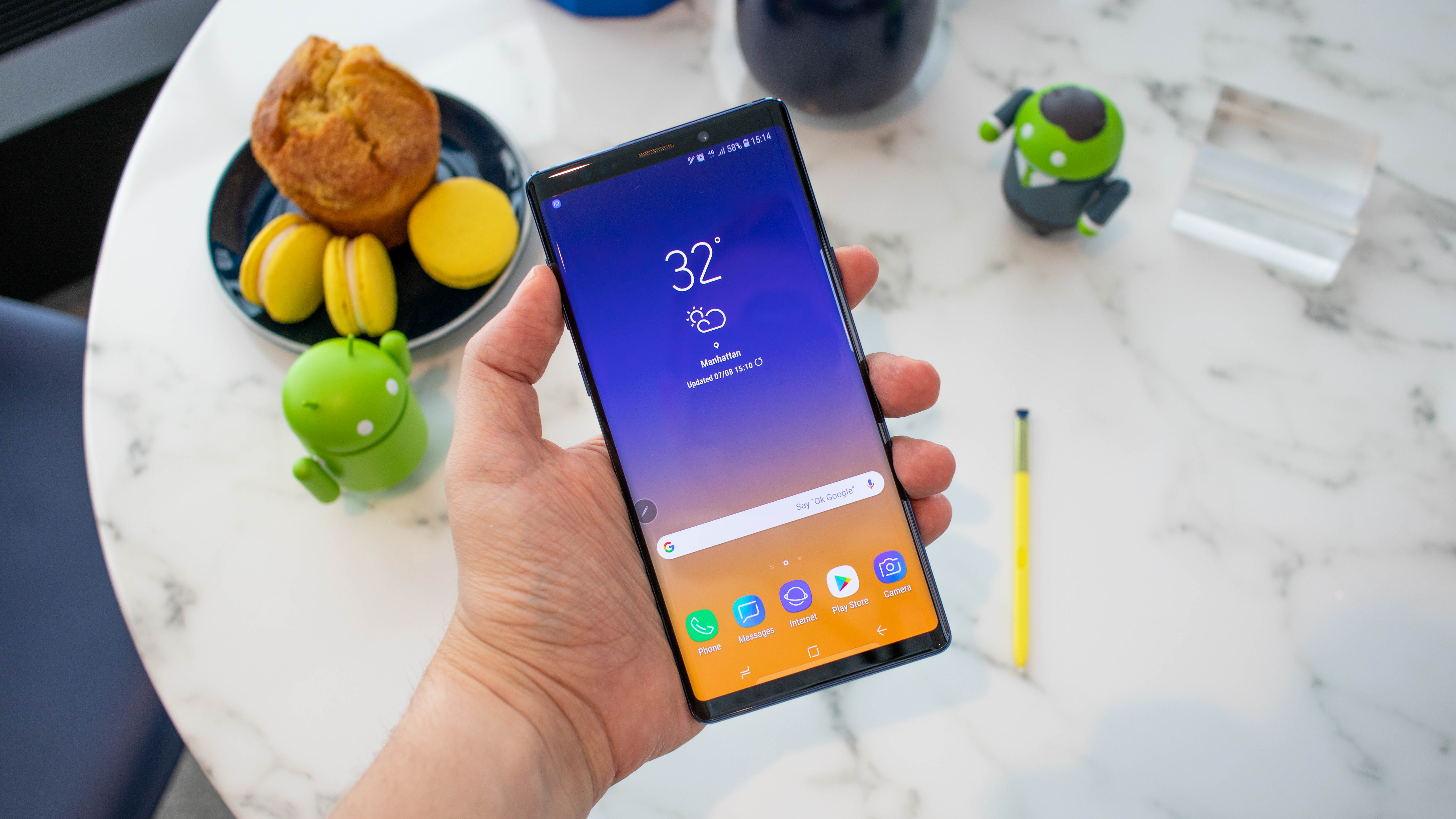
The Samsung Galaxy Note 9 is Samsung’s brand-new phablet flagship, but the company has already launched one phablet flagship this year in the form of the Samsung Galaxy S9 Plus.
Not only that, but some of the core specs are identical, so just how much is different? And how does the Samsung Galaxy Note 9 stand out?
Some aspects are obvious – it has a stylus for one, which we’ll look at more below, but there are plenty of other differences too, as well as plenty of things that have stayed the same. Read on for an overview of them all.
Watch our hands on video below to see the Galaxy Note 9 in action
Samsung Galaxy Note 9 vs Galaxy S9 Plus design
The Samsung Galaxy Note 9 has a glass back, a metal frame and slim bezels above and below the screen. So, for that matter, does the Samsung Galaxy S9 Plus.
The latter handset is perhaps slightly curvier, but they otherwise look very similar, especially from the front.
The main difference on the back is the orientation of the camera, as while the two lenses are side by side on the Galaxy Note 9, they’re arranged vertically on the Galaxy S9 Plus.
Get daily insight, inspiration and deals in your inbox
Sign up for breaking news, reviews, opinion, top tech deals, and more.
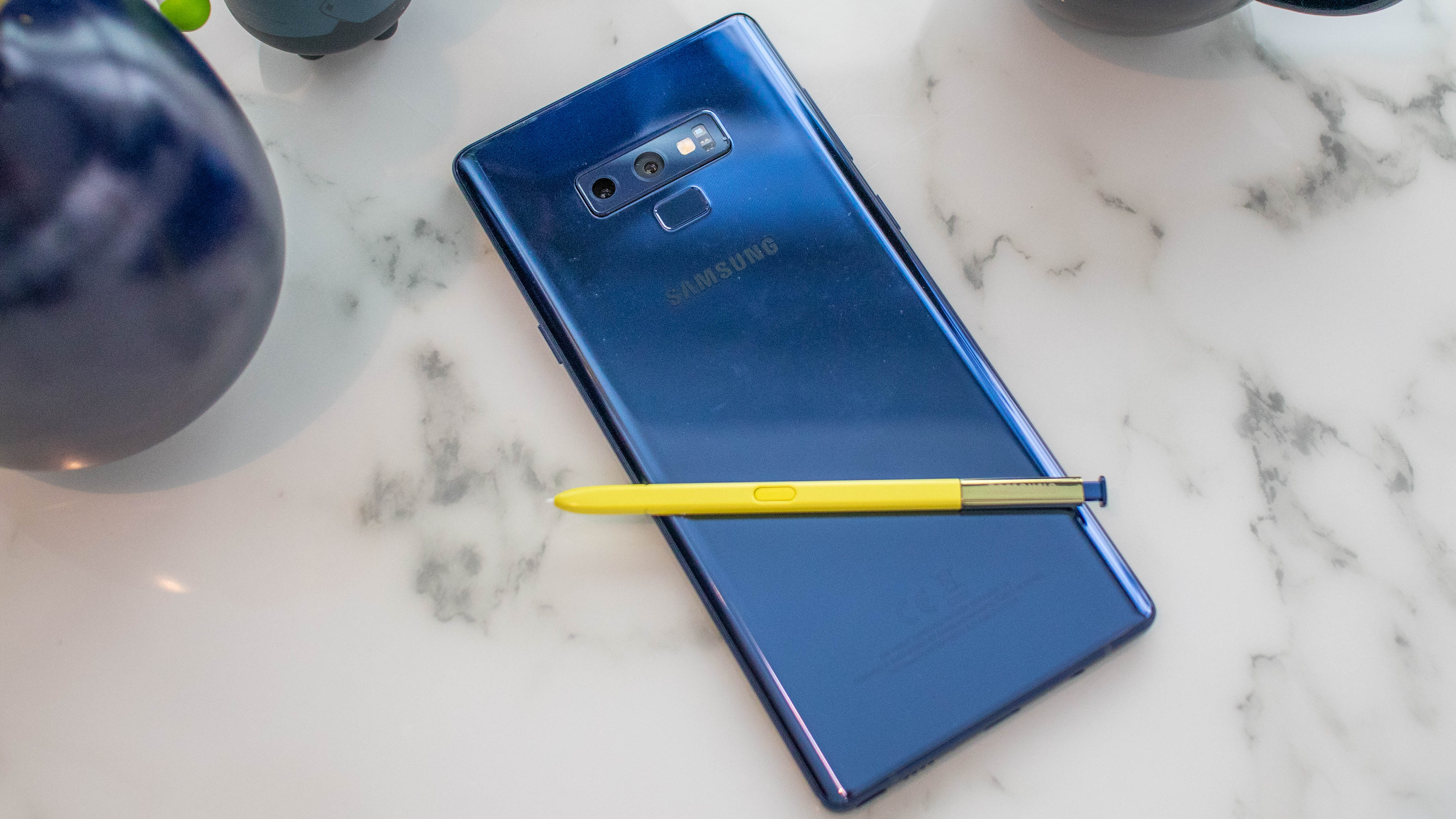
The dimensions and weight of the two handsets differ of course, with the Samsung Galaxy Note 9 coming in at 161.9 x 76.4 x 8.8mm and 201g and the Samsung Galaxy S9 Plus being 158.1 x 73.8 x 8.5mm and 189g.
Which is to say, the S9 Plus is smaller in every dimension, as well as being slightly lighter. Of course it also has a smaller screen, which we’ll get to below.
Before that though it’s worth noting that both phones are IP68 certified, meaning they’re dust proof and water-resistant for up to 30 minutes at a depth of up to 1.5 meters.
Samsung Galaxy Note 9 vs Galaxy S9 Plus display
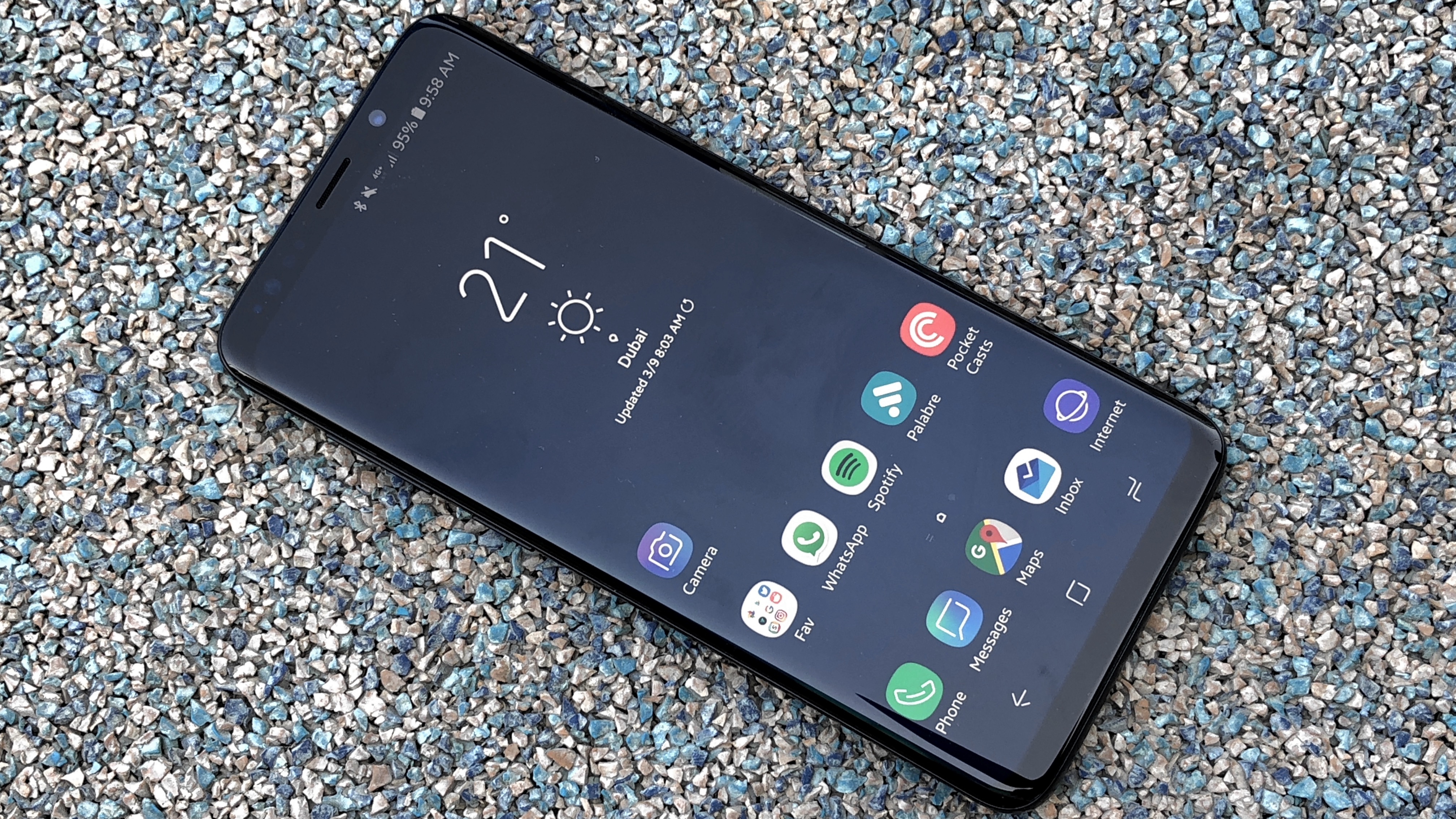
While these are both big phones, the Galaxy Note 9 is the largest, thanks to its 6.4-inch screen. The Samsung Galaxy S9 Plus on the other hand has a 6.2-inch one.
However, both phones have a curved Super AMOLED display with a resolution of 1440 x 2960, leading to a pixel density of 516 pixels per inch in the case of the Note 9 and 529 pixels per inch in the case of the S9 Plus.
That’s not a difference you’re likely to notice much, but the size difference might be slightly more noticeable. Make no mistake though, these are both big screens.
Samsung Galaxy Note 9 vs Galaxy S9 Plus OS and power
Both the Note 9 and Galaxy S9 Plus run Android Oreo (specifically version 8.0 in the case of the Galaxy S9 Plus and 8.1 in the case of the Galaxy Note 9). They’re also likely to be supported with software updates until roughly the same point.
The Galaxy Note 9 does have some software highlights that the Galaxy S9 Plus lacks though, as while both handsets include Samsung’s Bixby assistant (and a dedicated hardware button to launch it), the Note 9 also has an S Pen stylus.
This lets you write and sketch almost like you would with a pen on paper, as well as allowing you to use the stylus as a remote for pausing music, taking photos and the like.
A feature offered by both phones but potentially easier to use on the Samsung Galaxy Note 9 is DeX. That’s the name for Samsung’s desktop experience that turns your phone into more of a PC when you hook it up to a monitor, but while the S9 needs a dock to achieve this, the Note 9 just needs an HDMI adaptor.
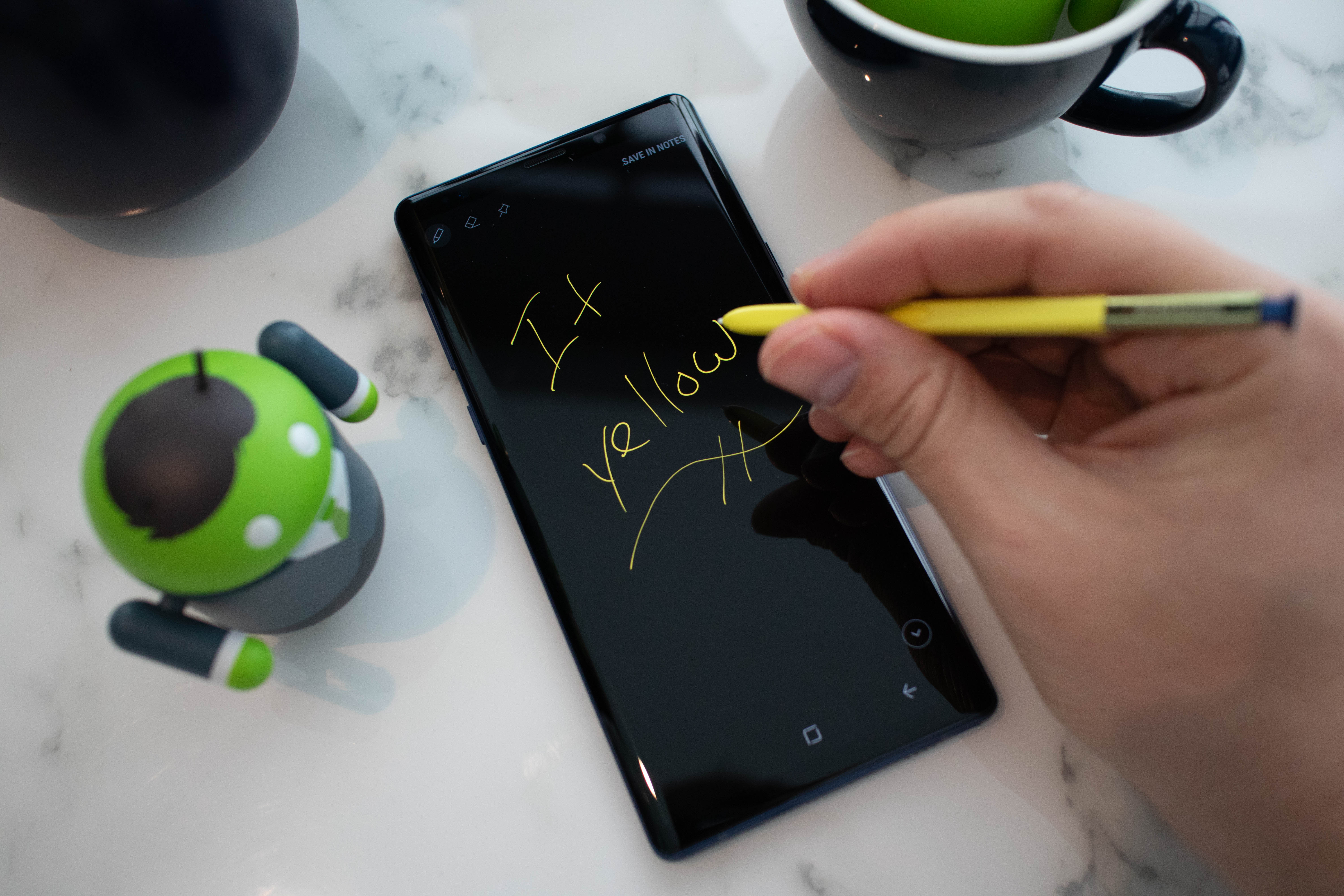
Moving from software to specs, both phones have either a Snapdragon 845 chipset (if you’re in the US) or an Exynos 9810 (if you’re not). These are the most powerful mobile chipsets from Qualcomm and Samsung respectively, so neither phone will have any shortage of power.
You can get a bit more power with the Samsung Galaxy Note 9 though, as it comes with up to 8GB of RAM (though a 6GB version is also offered). The Samsung Galaxy S9 Plus meanwhile only comes with 6GB.
You can also get more storage in the Note 9, with both 128GB and 512GB models offered, while the Galaxy S9 Plus comes with either 64GB or 128GB, and the availability of those sizes is region-dependent. Still, you shouldn’t run short of space with either phone, since both also have a microSD card slot.
Samsung Galaxy Note 9 vs Galaxy S9 Plus camera
From a hardware perspective these phones have much the same cameras. They both have a dual-lens 12MP camera on the back, with one lens being an f/2.4 telephoto one and the other being a wide-angle lens with an aperture that can switch from f/1.5 to f/2.4.
Both lenses also have optical image stabilization (OIS), and the two phones are capable of 2x optical zoom using their telephoto lenses. Both phones also have an 8MP f/1.7 front-facing camera.
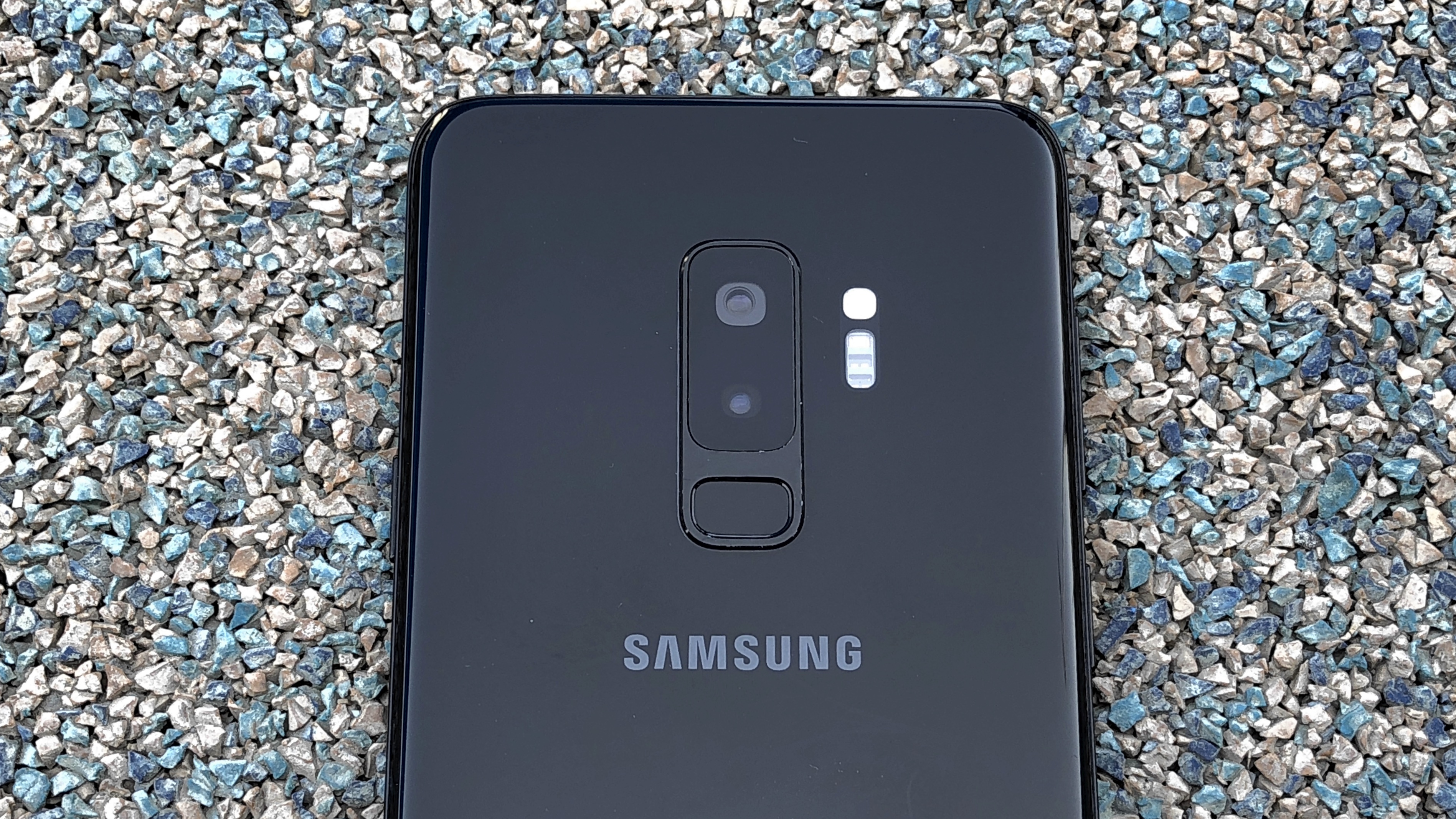
It’s an impressive setup, and in our review of the Samsung Galaxy S9 Plus we found that the results were just as impressive, but the Note 9 might have a slight edge when it comes to software, as it certainly has some extra features.
For one thing, it’s got the ability to automatically recognize elements of a photo, optimizing the settings to capture it at its best.
We’ve seen this idea on a number of phones, but a more unusual feature is the ability for it to alert you to any issues with a shot you’ve just taken. Examples include blur in the image, a smudge on the lens or someone blinking in the shot. By alerting you immediately it gives you the opportunity to take the photo again.
Samsung Galaxy Note 9 vs Galaxy S9 Plus battery
At 3,500mAh the battery in the Samsung Galaxy S9 Plus is quite big, but it’s dwarfed by the 4,000mAh one in the Samsung Galaxy Note 9.
Whether that will lead to better life from the new phone remains to be seen, especially as it has a bigger screen to power, but the S9 Plus already offers all-day life, so if the Note 9 can at least match that then it will be solid.
It’s worth noting that both phones also support fast charging and wireless charging, so when they do run low on battery they should be easy to juice up again.
Samsung Galaxy Note 9 vs Galaxy S9 Plus price and availability
In the US you can pre-order the Samsung Galaxy Note 9 from August 10 and it should be with you by August 24, but it’s not cheap, coming in at $999.99 (£899, around AU$1,350) for the 128GB version and $1,249.99 (£1,099, roughly AU$1,685) for the 512GB model. We don’t have Australian prices yet but expect it to be up there with the priciest phones around.
The Samsung Galaxy S9 Plus isn’t cheap either, but it is cheaper. It launched at $840 (£869, AU$1,349), though can now be found for a good $100 (£100) less in some stores.

Takeaway
The Samsung Galaxy Note 9 is an even bigger, even more feature-packed alternative to the Samsung Galaxy S9 Plus, but most of the core specs are similar, so whether it’s worth the extra will likely come down to how much you care about things like its S Pen.
The battery life could be a big factor too, if that larger juice pack translates into longer life – we’ll answer that question once we’ve put the Note 9 through a full review.
But ultimately if you want Samsung’s latest and greatest phablet the Note 9 may well be it, though you could get a largely similar phone for a fair bit less if you opt for the S9 Plus instead.
- Not sold on either? Check out our list of the best phones you can buy
James is a freelance phones, tablets and wearables writer and sub-editor at TechRadar. He has a love for everything ‘smart’, from watches to lights, and can often be found arguing with AI assistants or drowning in the latest apps. James also contributes to 3G.co.uk, 4G.co.uk and 5G.co.uk and has written for T3, Digital Camera World, Clarity Media and others, with work on the web, in print and on TV.